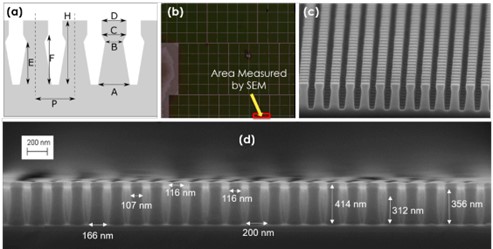Advances Enable Speed Gains in Organizing and Analyzing Nanomanufacturing Data
Outcome/Accomplishment
Advanced tools for organizing and mining big sensor and metrology data in nanomanufacturing were developed using first-principle based physics and Machine Learning (ML) concepts at the Nanomanufacturing Systems Center (NASCENT), an NSF-funded Engineering Research Center (ERC) based at the University of Texas at Austin.
Impact/Benefits
The advanced database technologies will enable fast-inspection techniques for real-time defect detection, characterization, and analysis of nanomanufacturing processes. The new approaches to data manipulation will help enable the real-time feedback and fault diagnostics needed for scaled-up production of tiny metal components.
Explanation/Background
Location
Austin, Texaswebsite
Start Year
Advanced Manufacturing
Advanced Manufacturing
Lead Institution
Core Partners
Fact Sheet
Outcome/Accomplishment
Advanced tools for organizing and mining big sensor and metrology data in nanomanufacturing were developed using first-principle based physics and Machine Learning (ML) concepts at the Nanomanufacturing Systems Center (NASCENT), an NSF-funded Engineering Research Center (ERC) based at the University of Texas at Austin.
Location
Austin, Texaswebsite
Start Year
Advanced Manufacturing
Advanced Manufacturing
Lead Institution
Core Partners
Fact Sheet
Impact/benefits
The advanced database technologies will enable fast-inspection techniques for real-time defect detection, characterization, and analysis of nanomanufacturing processes. The new approaches to data manipulation will help enable the real-time feedback and fault diagnostics needed for scaled-up production of tiny metal components.

